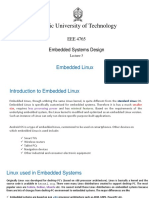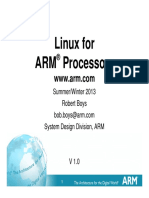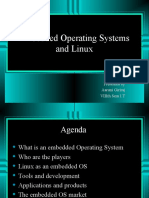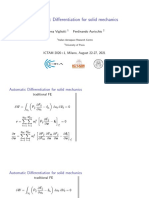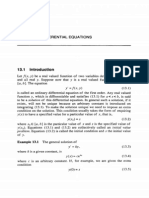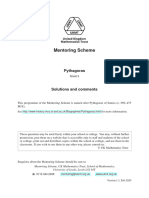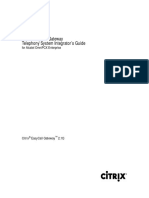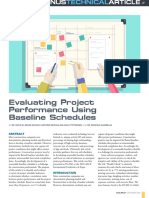0% found this document useful (0 votes)
31 views61 pages01 Introduction Linux
The document provides an overview of Linux, its history, features, and the significance of Embedded Linux. It discusses the prerequisites for hardware support, the booting process, and the init systems used in Linux. Additionally, it outlines job profiles related to Linux and the structure of Linux distributions.
Uploaded by
mohammedhassan9748Copyright
© © All Rights Reserved
We take content rights seriously. If you suspect this is your content, claim it here.
Available Formats
Download as PDF, TXT or read online on Scribd
0% found this document useful (0 votes)
31 views61 pages01 Introduction Linux
The document provides an overview of Linux, its history, features, and the significance of Embedded Linux. It discusses the prerequisites for hardware support, the booting process, and the init systems used in Linux. Additionally, it outlines job profiles related to Linux and the structure of Linux distributions.
Uploaded by
mohammedhassan9748Copyright
© © All Rights Reserved
We take content rights seriously. If you suspect this is your content, claim it here.
Available Formats
Download as PDF, TXT or read online on Scribd
/ 61



